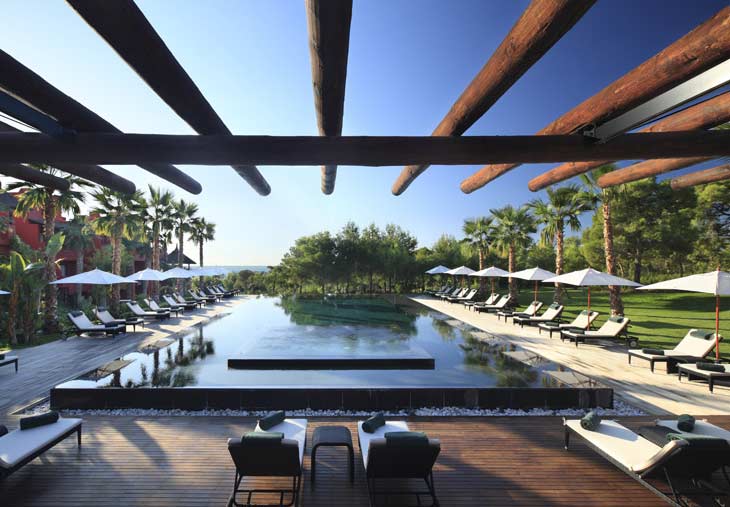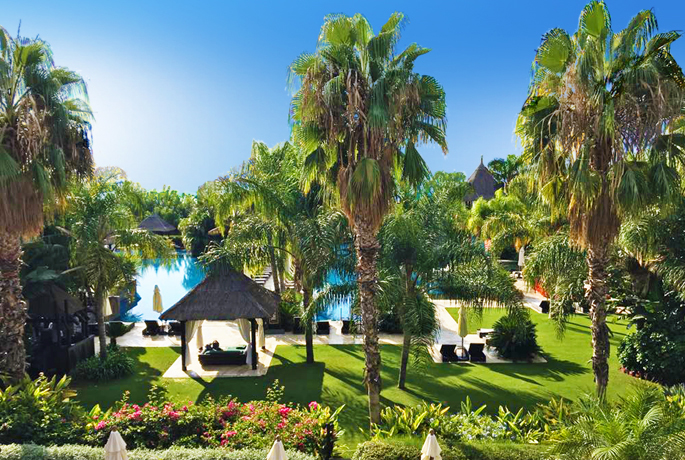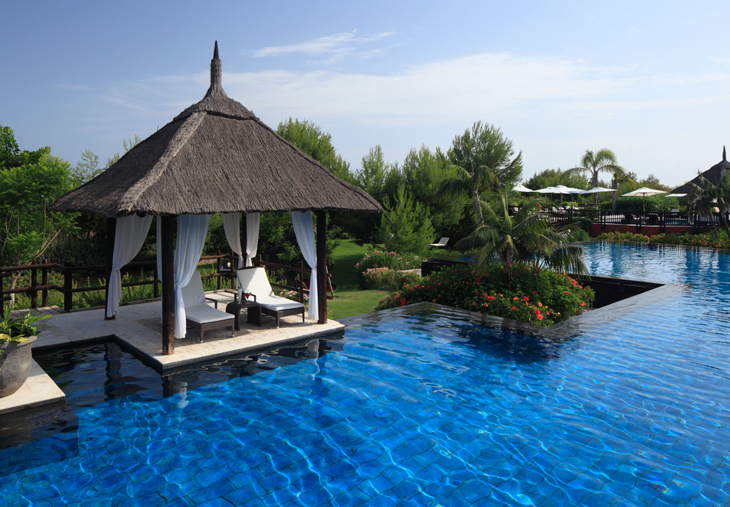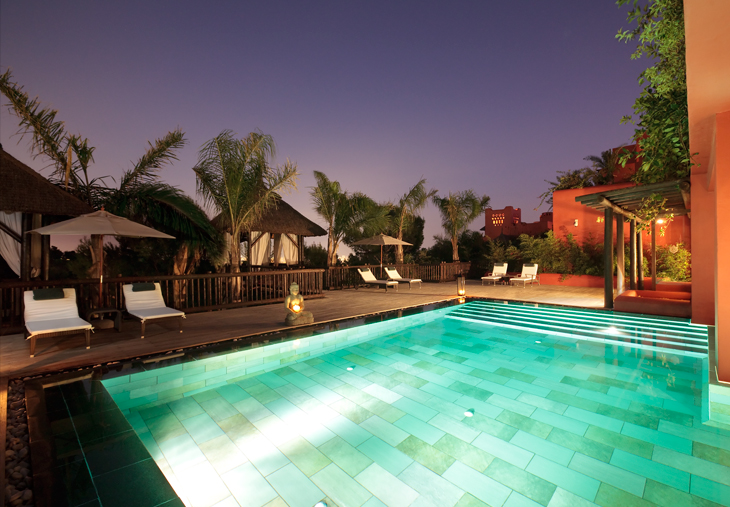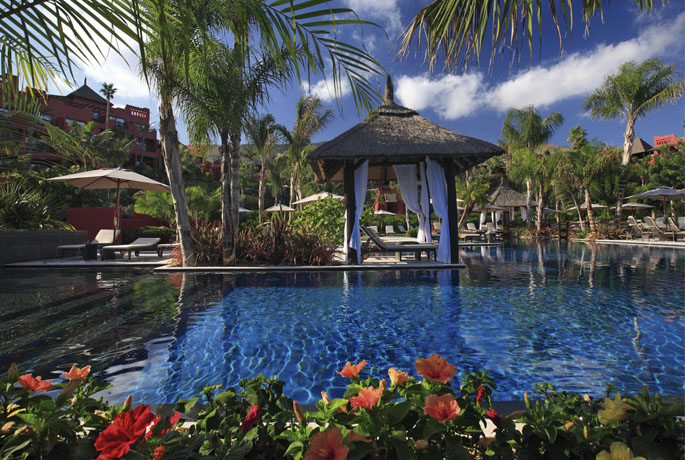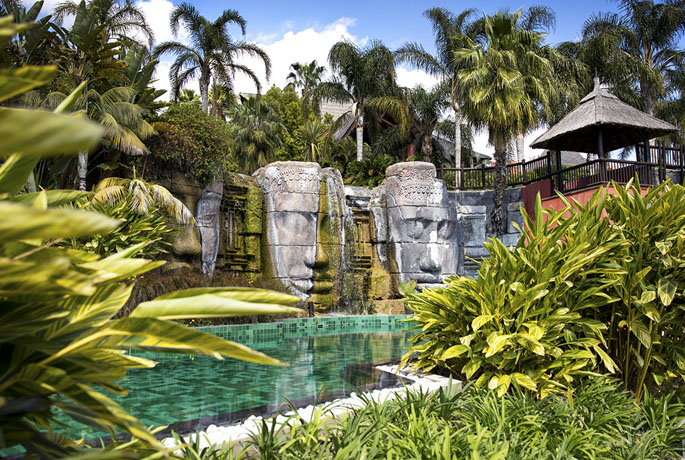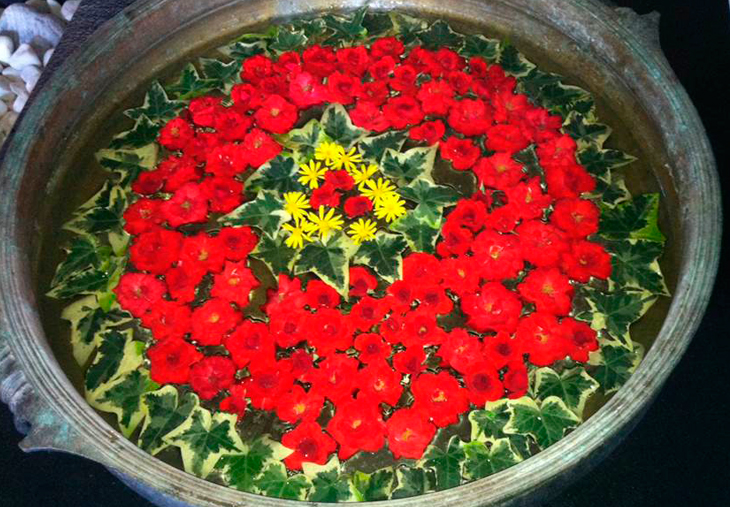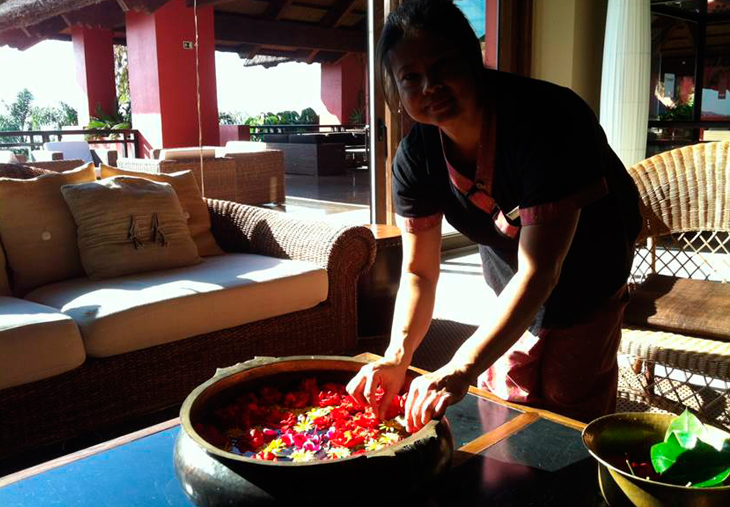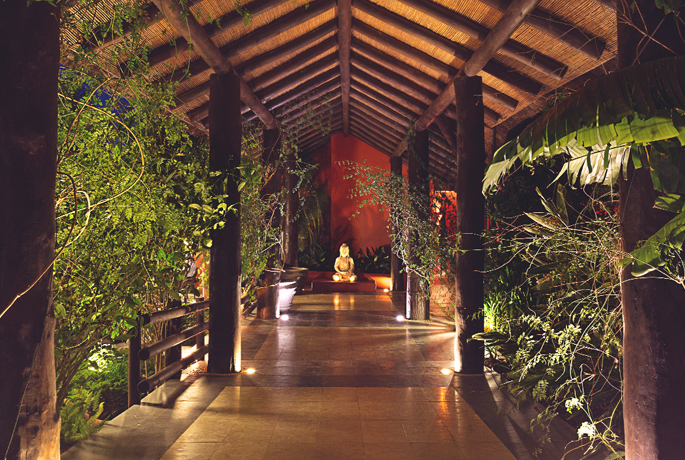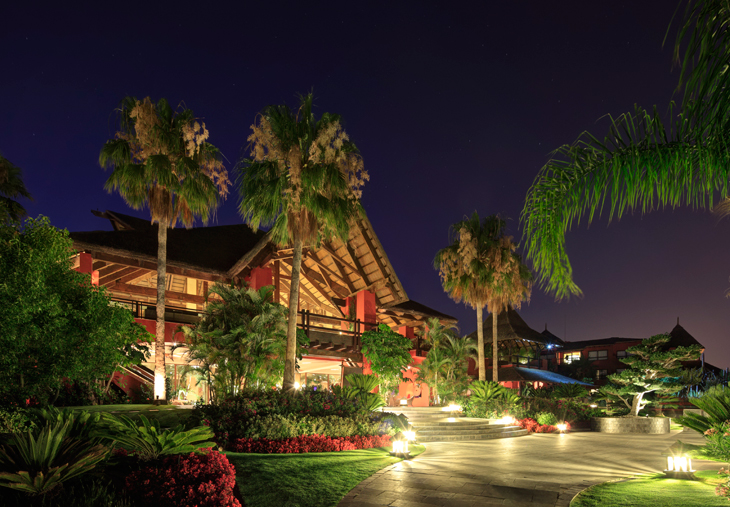As you know, the 5-star luxury hotel Asia Gardens is a temple of peace and well-being for us. It is in fact in Asia, where people look after their health and looks the most.
In Japan, is where it is more evident that people look after themselves, they have always cared for their skin and have done their best to stay looking young.
One of the most outstanding characteristics of the ideal of beauty in Japan is having a pale and perfect complexion, which is quite difficult to achieve as their skin has more melanin than the skin of western people and they actually get tanned more easily.
Pale skin has always been associated with aristocrats and people of higher social classes who did not have to work the fields daily exposed to the sun.
This search for aesthetic perfection and caring for their skin has caused many women to use parasols and umbrellas to protect themselves from the sun. Thus, this accessory has become a true ally for women and an essential element in their lives and in Asian fashion.
In the past, the “kasa”, Asian parasol or umbrella used to be made of colour silk or resistant paper, but nowadays they are made of stronger materials like plastic or nylon.
Asian umbrellas are normally handmade by a craftsman, they consist of 5 parts: the top, the handle, the “ribs”, the decorated paper (silk, plastic and nylon among others), and other ornaments.
Currently, the use of Asian style umbrellas is seen all over the world, and it does not seem strange to see many of them in fashion magazines or being used by celebrities, as this item is becoming a “must have”.
Many important labels have already included it to their collections as an indispensable item. Its success is such, that the “Billionaire Couture’s London boutique” has made the most expensive umbrella in the world, its price circa $50,000 (around €38,000).
As we can see, this Asian tradition has become, like many times before, a trend for many manufacturers.
If you want to be in with the latest fashion, Asia Gardens Hotel & Thai Spa is also a trend that inspires. Come and enjoy the Asian beauty that surrounds our resort. Our “kasas” are at your disposal.

